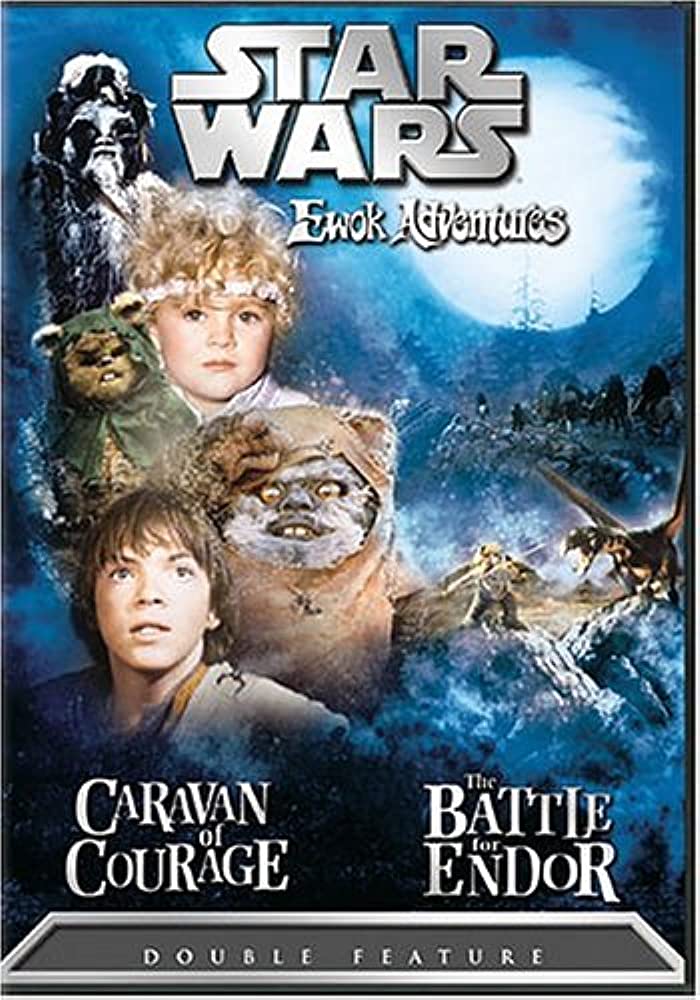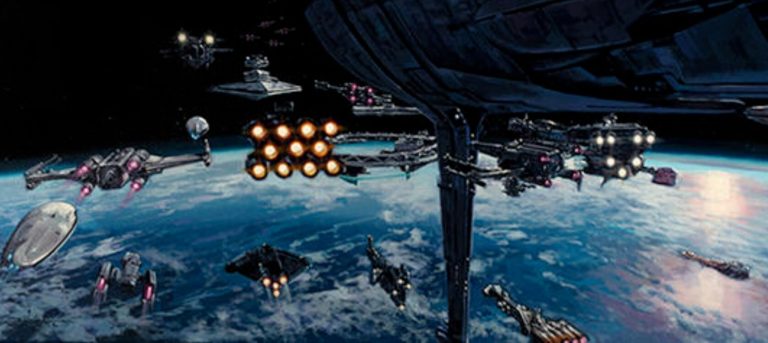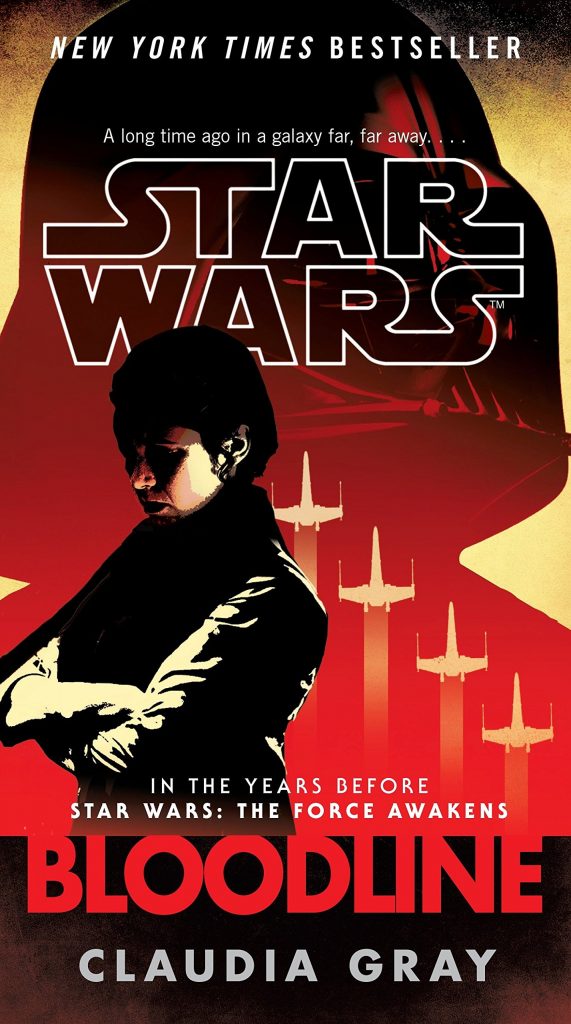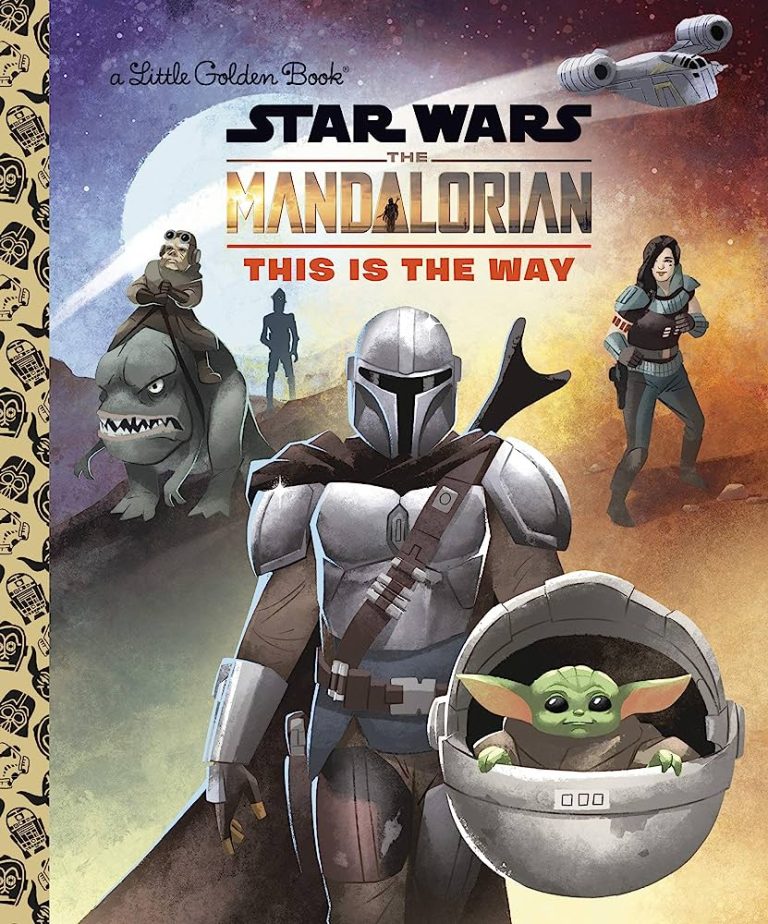What Is The Chronological Order Of The Star Wars Books?
Ah, the Star Wars books. A galaxy filled with adventure, battles between the light and the dark side, and unforgettable characters. But wait, what’s the chronological order of these epic tales? Fear not, my fellow Star Wars enthusiasts, for I am here to guide you through the labyrinth of timelines and make sure you experience the saga in the proper sequence. So, grab your lightsaber, hop aboard the Millennium Falcon, and let’s dive into the chronological order of the Star Wars books!
Now, before we embark on this journey, it’s important to note that the Star Wars universe is vast and ever-expanding. With numerous books, comics, and other forms of media, it can be quite a challenge to keep track of it all. But worry not, my friends, for I have done the research so you don’t have to. In this article, we’ll be focusing on the chronological order of the Star Wars books, providing you with a clear roadmap to follow as you explore the depths of this beloved franchise. From the rise of the Republic to the fall of the Empire, we’ll uncover the secrets, the legends, and the untold stories that make the Star Wars universe so captivating.
So, whether you’re a Jedi Knight or a Sith Lord, a Rebel pilot or an Imperial officer, this guide will ensure that you experience the Star Wars books in the proper order. Get ready to immerse yourself in a galaxy far, far away and discover the untold tales that expand the Star Wars lore. May the Force be with you as we venture into the chronological order of the Star Wars books!
1. “Dawn of the Jedi: Into the Void”
2. “The Old Republic: Revan”
3. “The Old Republic: Deceived”
4. “The Old Republic: Fatal Alliance”
5. “The Old Republic: Annihilation”
6. “Episode I: The Phantom Menace”
7. “Episode II: Attack of the Clones”
8. “Episode III: Revenge of the Sith”
9. “Dark Disciple”
10. “Lords of the Sith”
11. “Tarkin”
12. “A New Dawn”
13. “Thrawn”
14. “Rebel Rising”
15. “Rogue One: A Star Wars Story”
16. “Episode IV: A New Hope”
17. “Episode V: The Empire Strikes Back”
18. “Episode VI: Return of the Jedi”
19. “Aftermath”
20. “The Mandalorian Armor”
21. “The Truce at Bakura”
22. “Shadows of the Empire”
23. “The Courtship of Princess Leia”
24. “Heir to the Empire”
25. “Dark Force Rising”
26. “The Last Command”
27. “The Jedi Academy Trilogy”
28. “I, Jedi”
29. “Children of the Jedi”
30. “Darksaber”
31. “Planet of Twilight”
32. “The Crystal Star”
33. “The Black Fleet Crisis Trilogy”
34. “The New Rebellion”
35. “The Corellian Trilogy”
36. “The Hand of Thrawn Duology”
37. “Survivor’s Quest”
38. “Specter of the Past”
39. “Vision of the Future”
40. “The New Jedi Order Series”
41. “Dark Nest Trilogy”
42. “Legacy of the Force Series”
43. “Fate of the Jedi Series”
44. “Crucible”
Remember, this is just one suggested order, and you can always choose to read the books in a different order based on your preferences.
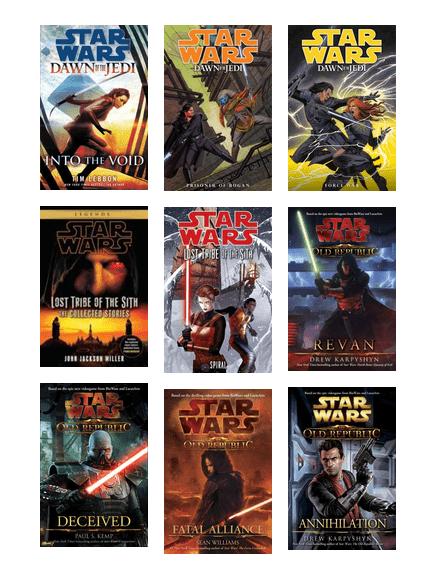
What is the Chronological Order of the Star Wars Books?
Star Wars is a beloved franchise that has captured the hearts of millions of fans around the world. With its rich universe and compelling characters, it has spawned numerous books that delve deeper into the lore and expand on the stories told in the movies. However, with so many books available, it can be challenging to figure out the chronological order in which they should be read. In this article, we will guide you through the chronological order of the Star Wars books, allowing you to fully immerse yourself in the galaxy far, far away.
The Prequel Era
The prequel era of Star Wars is set before the events of the original trilogy and provides a backstory to the events and characters that fans are familiar with. It begins with “Star Wars: Episode I – The Phantom Menace,” which introduces us to Anakin Skywalker and the rise of the Sith. From there, the books explore the Clone Wars, a conflict between the Galactic Republic and the Separatist Alliance. Key books in this era include “Darth Plagueis,” which delves into the origins of the Sith, and “The Approaching Storm,” which bridges the gap between Episodes II and III.
The Rise of the Empire
With the conclusion of the Clone Wars comes the rise of the Galactic Empire. This era is characterized by the reign of Emperor Palpatine and the oppression of the Jedi. The books in this era focus on the early days of the Empire and the formation of the Rebel Alliance. One notable book in this era is “Dark Lord: The Rise of Darth Vader,” which explores the aftermath of Episode III and the transformation of Anakin Skywalker into Darth Vader. Another essential read is “Tarkin,” which provides insight into the inner workings of the Empire.
The Original Trilogy Era
The original trilogy era is perhaps the most well-known and beloved period in Star Wars history. It begins with “Star Wars: Episode IV – A New Hope” and follows the journey of Luke Skywalker, Princess Leia, Han Solo, and their allies as they battle against the forces of the Empire. The books in this era expand on the events of the movies and introduce new characters and storylines. Some notable books in this era include “Heir to the Empire,” which kicks off the Thrawn trilogy and continues the adventures of Luke, Leia, and Han after the events of Episode VI, and “Shadows of the Empire,” which takes place between Episodes V and VI.
The New Republic Era
After the fall of the Empire, a new era begins with the establishment of the New Republic. This era is characterized by the rebuilding of the galaxy and the ongoing conflicts with remnants of the Empire and new threats that arise. Key books in this era include “The Jedi Academy Trilogy,” which follows Luke Skywalker’s efforts to rebuild the Jedi Order, and “The New Jedi Order” series, which introduces a new alien threat known as the Yuuzhan Vong.
The Sequel Era
The sequel era takes place after the events of the original trilogy and introduces a new generation of heroes and villains. It begins with “Star Wars: Episode VII – The Force Awakens” and follows the adventures of Rey, Finn, and Poe as they battle against the First Order. The books in this era expand on the events of the movies and provide additional context and backstory. Notable books in this era include “Bloodline,” which explores the political landscape of the New Republic and the rise of the First Order, and “Resistance Reborn,” which bridges the gap between Episodes VIII and IX.
Stand-Alone Stories
In addition to the main series of books, there are also stand-alone stories that explore different characters and events within the Star Wars universe. These books can be read at any time and provide additional depth and insight into the larger narrative. Some notable stand-alone books include “Lords of the Sith,” which focuses on Darth Vader and Emperor Palpatine, and “Lost Stars,” which tells the story of two young individuals caught on opposite sides of the conflict.
The Expanded Universe
It’s worth noting that the Star Wars Expanded Universe, also known as Legends, consists of books that were published before Disney acquired Lucasfilm and rebranded the franchise. While these books are no longer considered canon, they still offer a wealth of stories and adventures for fans to explore. Some notable books from the Expanded Universe include the Thrawn trilogy by Timothy Zahn and the “X-Wing” series by Michael A. Stackpole.
In conclusion, the chronological order of the Star Wars books can be a bit daunting to navigate, but by following this guide, you can dive into the rich lore and expand your knowledge of the galaxy far, far away. Whether you’re a die-hard fan or a newcomer to the franchise, these books offer a deeper understanding of the characters and events that have captivated audiences for decades. So grab a book, immerse yourself in the Star Wars universe, and may the Force be with you.
Key Takeaways: What is the chronological order of the Star Wars books?
- The Star Wars books can be read in chronological order, starting with “Dawn of the Jedi: Into the Void” by Tim Lebbon.
- Next, you can read “The Old Republic: Revan” by Drew Karpyshyn.
- After that, move on to “Episode I: The Phantom Menace” by Terry Brooks.
- Continue with the rest of the prequel trilogy books, followed by the original trilogy books.
- Finally, conclude with the books set after the original trilogy, such as “Aftermath” by Chuck Wendig.
Frequently Asked Questions
Star Wars is a beloved franchise that extends beyond the movies, with a vast collection of books that expand the universe even further. If you’re wondering about the chronological order of the Star Wars books, look no further! Here are the answers to some commonly asked questions.
1. Are the Star Wars books released in chronological order?
Yes and no. The Star Wars books are not released in strict chronological order. Instead, they are divided into different eras and timelines within the Star Wars universe. This allows authors to explore various time periods and characters without being constrained by a linear timeline. However, within each era, the books are generally released in chronological order, so it’s best to follow the recommended reading order provided by fans or official sources.
For example, if you’re interested in reading about the events leading up to the original trilogy, you can start with books set during the Clone Wars era, such as “Star Wars: Dark Disciple” by Christie Golden or “Star Wars: The Clone Wars” by Karen Traviss.
2. What is the recommended reading order for the Star Wars books?
The recommended reading order for the Star Wars books can vary depending on who you ask, as different fans have different preferences. However, a commonly suggested reading order is to start with the “Thrawn Trilogy” by Timothy Zahn, which takes place after the events of the original trilogy. This trilogy is often regarded as a great entry point into the expanded universe.
From there, you can explore different eras and storylines, such as the “New Jedi Order” series or the “Legacy of the Force” series. It’s worth noting that some books may reference events or characters from previous books, so following a suggested reading order can enhance your reading experience and help you make sense of the overall continuity.
3. Can I read the Star Wars books without watching the movies?
While it’s certainly possible to enjoy the Star Wars books without watching the movies, it’s worth noting that the books are heavily influenced by the events and characters of the films. Watching the movies can provide important context and enhance your understanding of the Star Wars universe.
That being said, the books do a good job of providing enough background information for readers who may not be familiar with the movies. If you’re a fan of science fiction and epic storytelling, you can still dive into the Star Wars books and enjoy them on their own merits.
4. Are the Star Wars books considered canon?
Before 2014, the Star Wars expanded universe, which included the books, comics, and games, was considered part of the official canon. However, in order to streamline the storytelling for future films and other media, Lucasfilm made the decision to establish a new canon that includes only the movies, TV shows, and select books and comics.
Since then, the Star Wars books published under the new canon have been carefully curated to ensure consistency with the overall Star Wars universe. These books are generally considered official parts of the Star Wars canon and can provide valuable insights into the characters and events that shape the galaxy far, far away.
5. Are there any standalone Star Wars books?
Yes, there are standalone Star Wars books that can be enjoyed on their own, without needing to read other books in the series. These standalone books often focus on a specific character or event and provide a self-contained story within the Star Wars universe.
Some popular standalone Star Wars books include “Lost Stars” by Claudia Gray, which explores the events of the original trilogy from the perspective of two young lovers on opposite sides of the conflict, and “Bloodline” by Claudia Gray, which delves into the political intrigue of the New Republic era.
Whether you’re looking for a standalone adventure or a series that spans multiple books, there’s a Star Wars book out there for every type of reader.
Should You Read Star Wars Books in Chronological Order?
Final Summary: Unraveling the Chronological Order of the Star Wars Books
And there you have it, my fellow Star Wars enthusiasts! We’ve delved into the epic world of Star Wars literature and uncovered the chronological order of the books. From the thrilling adventures of the Jedi Knights to the gripping tales of the Sith, the Star Wars books offer a rich and immersive experience for fans of all ages.
As we’ve explored, the chronological order of the Star Wars books can be a bit complex, with various series and trilogies intertwining across different time periods. But fear not! Armed with this knowledge, you can embark on an epic journey through the Star Wars universe, following the events in proper sequence.
Remember, if you’re just starting out, it’s best to begin with the “Star Wars: Dawn of the Jedi” series, which takes place thousands of years before the events of the original trilogy. From there, you can dive into the “Star Wars: The Old Republic” series, followed by the “Star Wars: The Clone Wars” books and beyond.
So, whether you’re a seasoned Star Wars superfan or a newcomer eager to explore the galaxy far, far away, the chronological order of the Star Wars books is your roadmap to an unforgettable adventure. May the Force be with you as you embark on this literary journey!
And with that, we bring our exploration of the Star Wars books to a close. Remember, the Force is strong with those who seek knowledge and adventure. So go forth, fellow Jedi and Sith, and may your reading be as thrilling as the battles on the silver screen. Until next time, may the Force be with you always!

